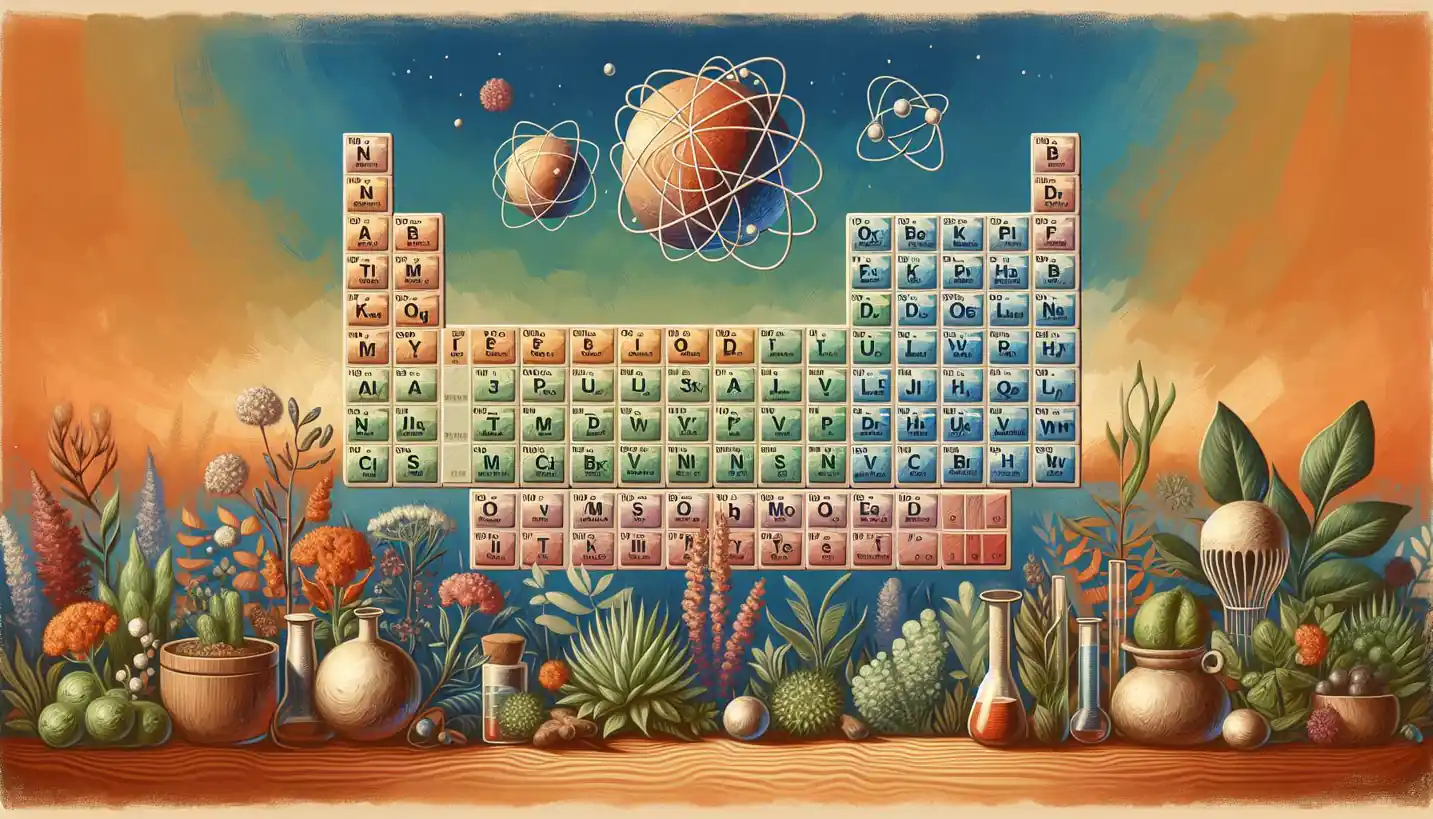· Biology · 5 min read
Mycorrhizae: The Secret Allies Beneath Our Feet
Mycorrhizae are secret underground allies that benefit plant roots. Learn how this symbiotic relationship enhances nutrient absorption.

Picture this: a bustling underground network, a bit like the internet but for plants. This hidden world is bustling with life, helping plants communicate, share resources, and thrive. Welcome to the world of mycorrhizae, an incredible partnership between fungi and plants that’s been shaping ecosystems for millions of years.
What Are Mycorrhizae?
Before diving into the magic of mycorrhizae, let’s break down the word itself. It comes from Greek roots: “myco” meaning fungus, and “rhiza” meaning root. So, at its core, mycorrhizae is a special relationship between a plant’s roots and fungi in the soil. But what makes this relationship so special?
Think of mycorrhizae as a mutual friendship. The plant, producing food through photosynthesis, shares some of its sugars with the fungus. In return, the fungus helps the plant by increasing its absorption capabilities, especially for water and essential nutrients like phosphorus and nitrogen. This partnership isn’t just nice to have; it’s vital for the survival of many plants.
The Science of Symbiosis
In the world of biology, this kind of partnership is known as symbiosis, where both parties benefit. Here, the fungi weave a network around or inside the plant’s roots, extending their reach into the soil. Imagine it like giving plants an extra set of super-absorbent roots. This extension helps the plants tap into distant pockets of water and nutrients that they couldn’t reach on their own.
Interestingly, this symbiotic connection also supports plant communication. Yes, plants can “talk” to each other! Through this underground fungal network, often dubbed the “Wood Wide Web,” plants can send signals to one another, warning of pests or sharing nutrients during times of stress.
Types of Mycorrhizae
Not all mycorrhizal relationships are the same, and they can be categorized into two main types: ectomycorrhizae and endomycorrhizae.
Ectomycorrhizae: These fungi wrap around the outside of the plant root, forming a sheath. They are commonly found in forest ecosystems and associate with trees like pine and oak. Picture them as a glove fitting snugly over your hand.
Endomycorrhizae (Arbuscular mycorrhizae): These penetrate the root cells, forming structures that look like tiny trees or bushes inside the cells. They are more common and associate with a wide range of plants, including most crops. Imagine them as prolific travellers going deeper than you’d expect.
The Historical Connection
Delving into the history of mycorrhizae, we find that this relationship has been around for over 400 million years, dating back to when plants first began to colonize land. This ancient alliance was crucial for evolutionary success, allowing plants to thrive in a variety of environments.
In prehistoric times, when the soils were barren and nutrient-poor, mycorrhizae played a critical role in helping early plants survive and spread. This partnership was so successful that today, roughly 90% of all plant species form associations with mycorrhizal fungi.
Why Mycorrhizae Matter
You might wonder, why should we care about these underground interactions? The significance of mycorrhizae stretches far beyond the individual plant. Here’s why they matter:
Agriculture: Mycorrhizae can significantly boost crop yields by improving nutrient uptake and water efficiency. This is particularly crucial in sustainable farming practices, reducing the need for chemical fertilizers and helping crops withstand drought.
Forest health: In forest ecosystems, mycorrhizae play a crucial role in maintaining tree health and vitality. By connecting different species, they enhance biodiversity and resilience against diseases and environmental stress.
Soil structure: Fungi contribute to soil health by improving its structure, increasing organic matter, and promoting microorganism activity, which all help in preventing soil erosion.
Modern Research and Future Directions
Researchers are diving deeper into understanding these subterranean allies. Modern techniques have uncovered the complexity of these networks, using tools like DNA sequencing to study the diversity and function of mycorrhizal fungi. Scientists are exploring ways to harness the power of mycorrhizae to tackle pressing global challenges such as climate change and food security.
One exciting area of research is exploring how mycorrhizal networks can be enhanced or restored in degraded landscapes. By regenerating these connections, we can potentially breathe new life into barren soils, aiding reforestation and habitat restoration efforts.
Another fascinating direction is understanding how climate change might affect these relationships. As temperatures rise and weather patterns shift, the dynamics of plant-fungi partnerships could alter, impacting entire ecosystems.
A Wonder of Nature
So next time you walk through a park or garden, take a moment to consider the bustling network beneath your feet. Mycorrhizae might be hidden from view, but their impact is profound, quietly supporting the natural world above ground. Their story is a reminder of the interconnectedness of life, showing us how much we have yet to learn from nature’s ancient wisdom.
As our understanding of mycorrhizae grows, so does our appreciation for these unsung heroes of the plant kingdom. Unlocking their secrets could hold the key to more sustainable living, healthier ecosystems, and a more resilient future for our planet. In this silent world beneath our feet, the tiniest threads weave the fabric of life.
Whether you’re a budding botanist or just curious about the world around you, mycorrhizae offer a glimpse into a realm that is nothing short of extraordinary. The questions they pose and the answers they hold are a testament to the wonders of science and the endless curiosity it inspires.



